
Blog
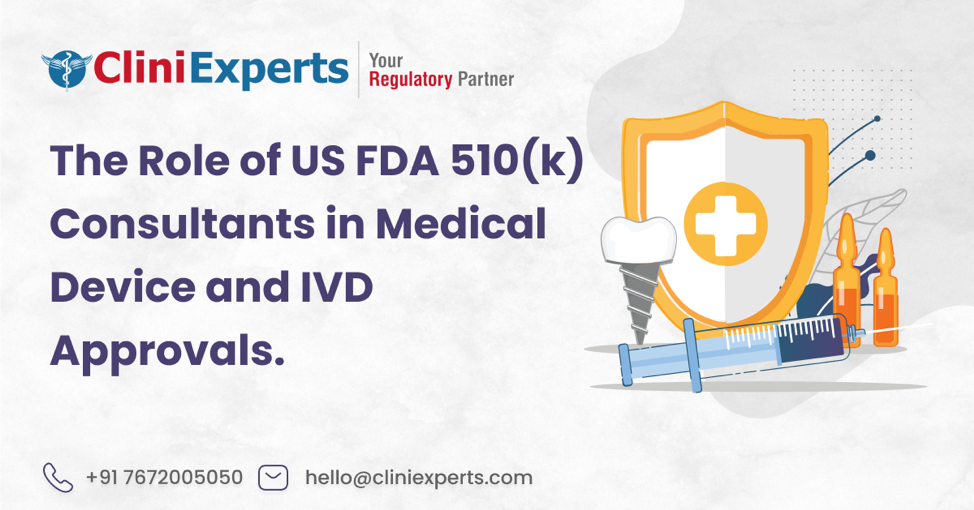
Summary The FDA 510(k) Process is essential for proving device safety and equivalence to existing products in the U.S. market. US FDA 510k Consultants guide the manufacturers through regulatory strategy, predicate identification,...

Blog
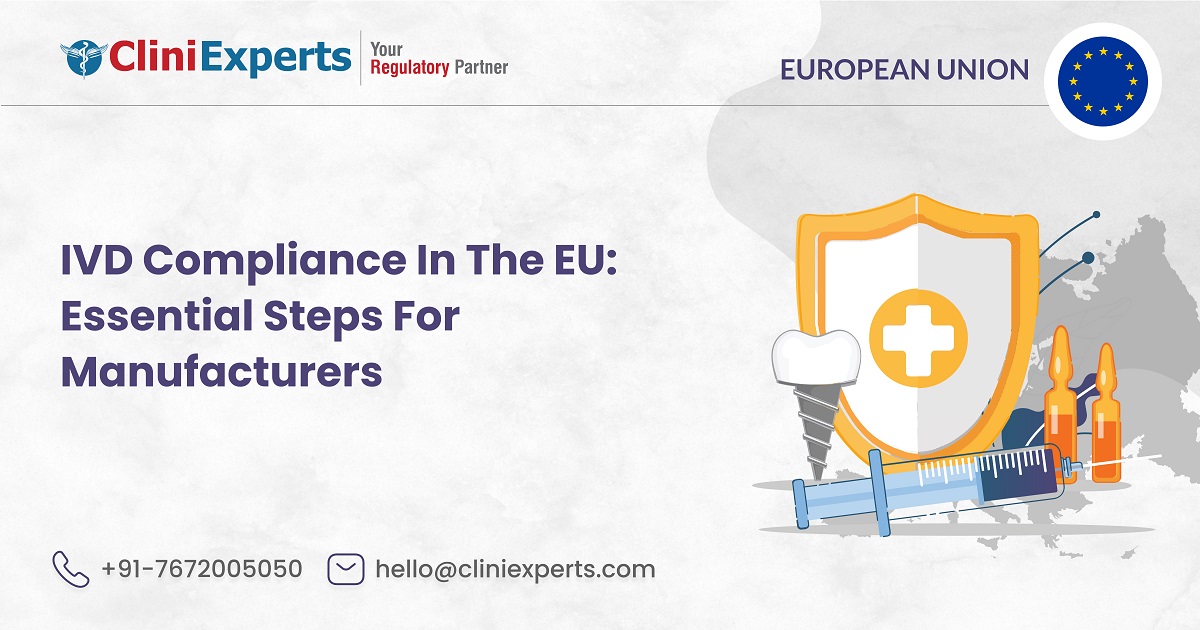
Introduction For manufacturers of in vitro diagnostic (IVD) devices seeking to market their products in the European Union, ensuring MDR compliance is a critical requirement. The EU Medical Device Regulation (MDR) has...

Blog
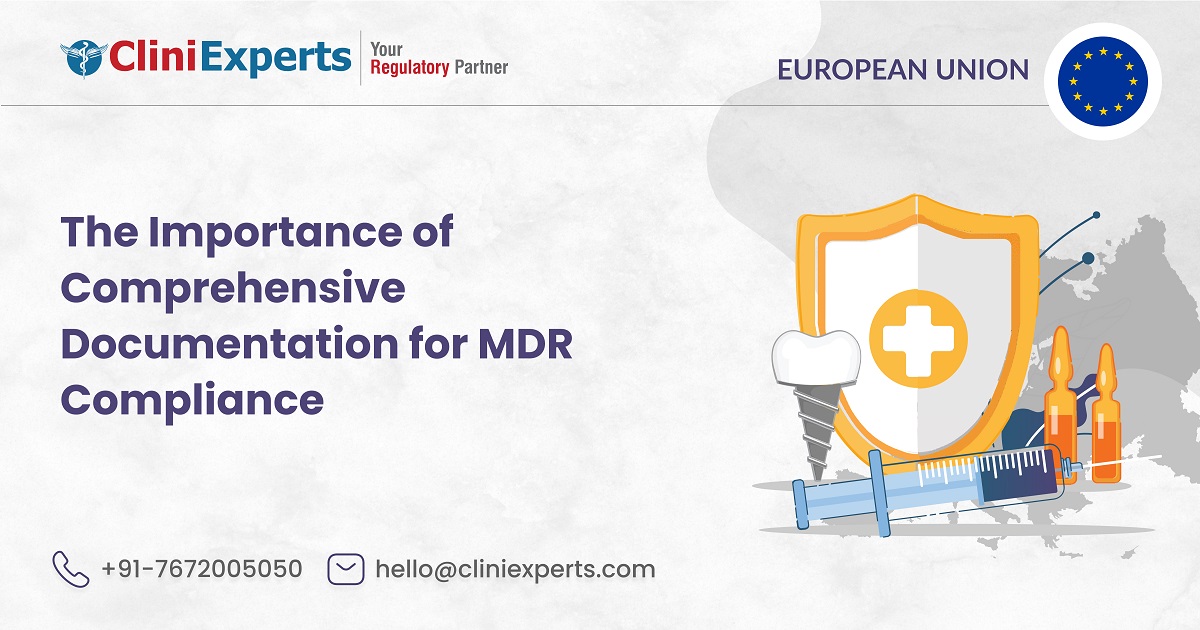
The Significance of Thorough Documentation for MDR ComplianceIntroductionKey Elements of Technical Documentation for MDR ComplianceMDR Compliance: A Documentation-Driven ProcessThe Advantages of Comprehensive DocumentationConclusionReferences Introduction On 26 May 2017, the Medical Device Regulation...

Blog
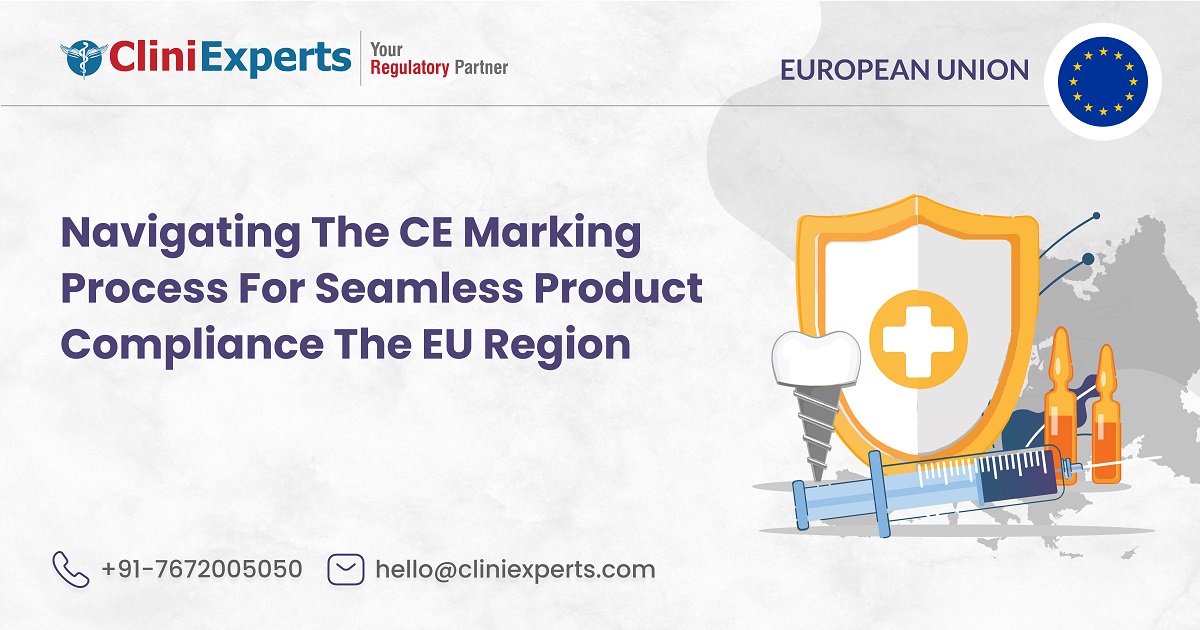
Introduction In today's globalised marketplace, manufacturers seeking to enter the European Union (EU) market must navigate a complex regulatory landscape. One of the most crucial requirements is obtaining the esteemed CE Marking...

Blog
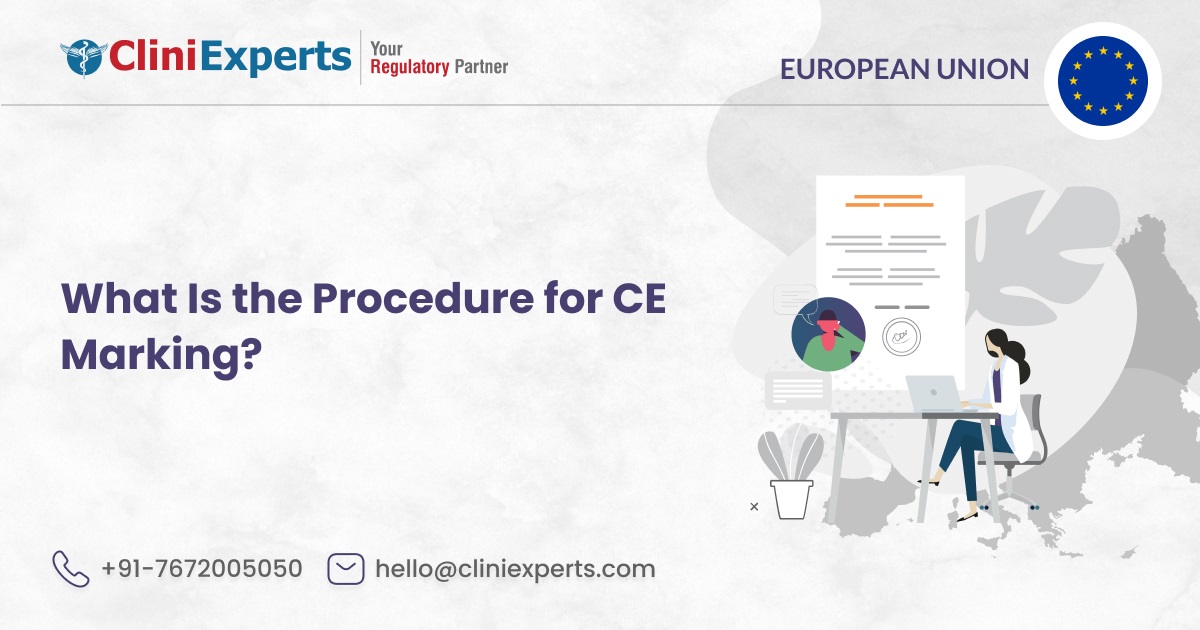
Understanding CE Marking CE stands for Conformité Européenne, which translates from French to "European Conformity". It's a marking that signifies a product's compliance with various safety, health, and environmental protection standards set...

Blog
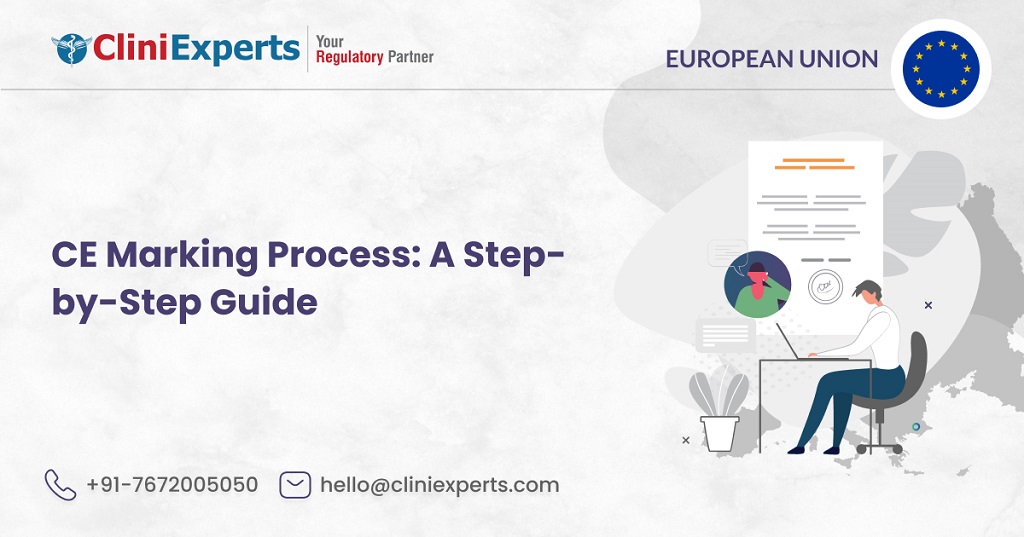
What is CE Marking? CE stands for "Conformité Européenne," which is the French term for European conformance. Here is complete guide to CE marking process. All 27 EU members, as well as...

Blog

Any manufacturer who intends to market their medical devices, including in-vitro diagnostics in the UK, must register medical devices with the Medicines and Healthcare Products Regulatory Agency (MHRA) before placing them into...


